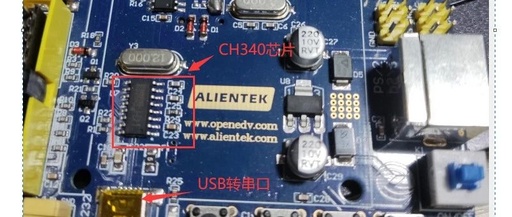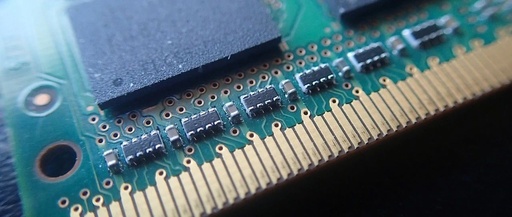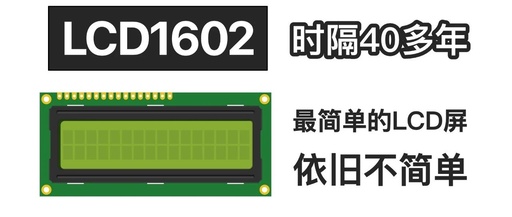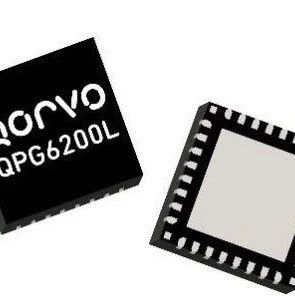Microcontroller C Language and Program Design Basics
New Course Launch, Free Videos Available NEW COURSE 1 Microcontroller C Language and Program Design Basics Course Introduction: This lesson consists of three sessions, detailing how to write hardware programs for microcontrollers and the basic structure of C language programs. It is very suitable for our beginner students and will help everyone get started more … Read more









